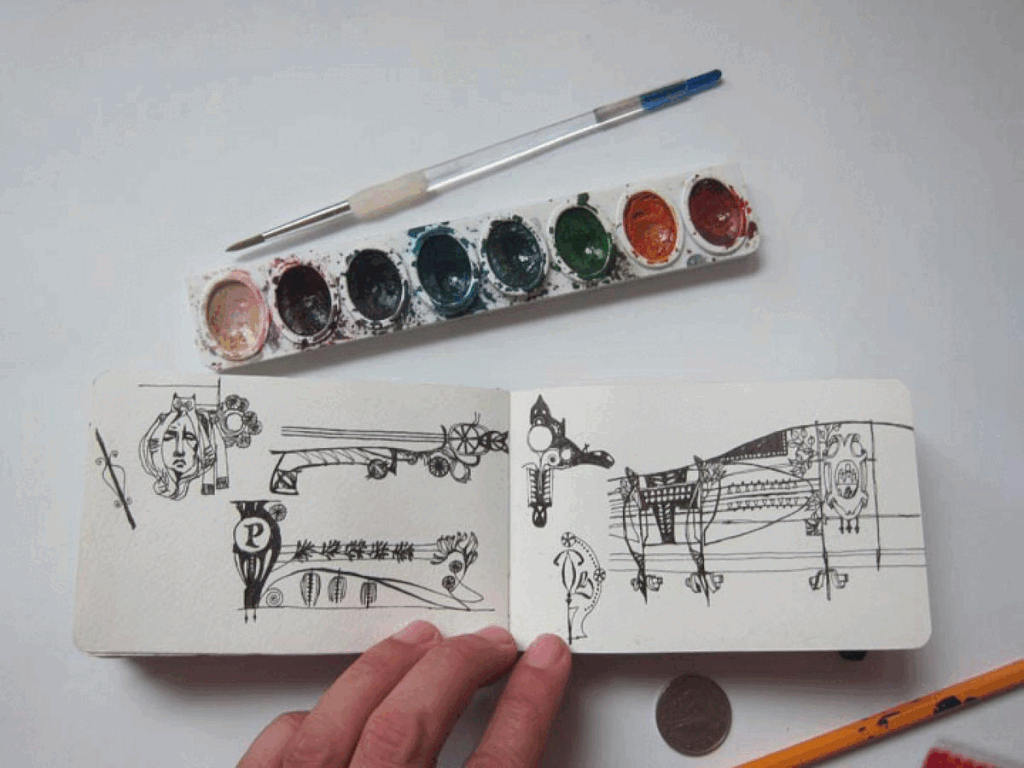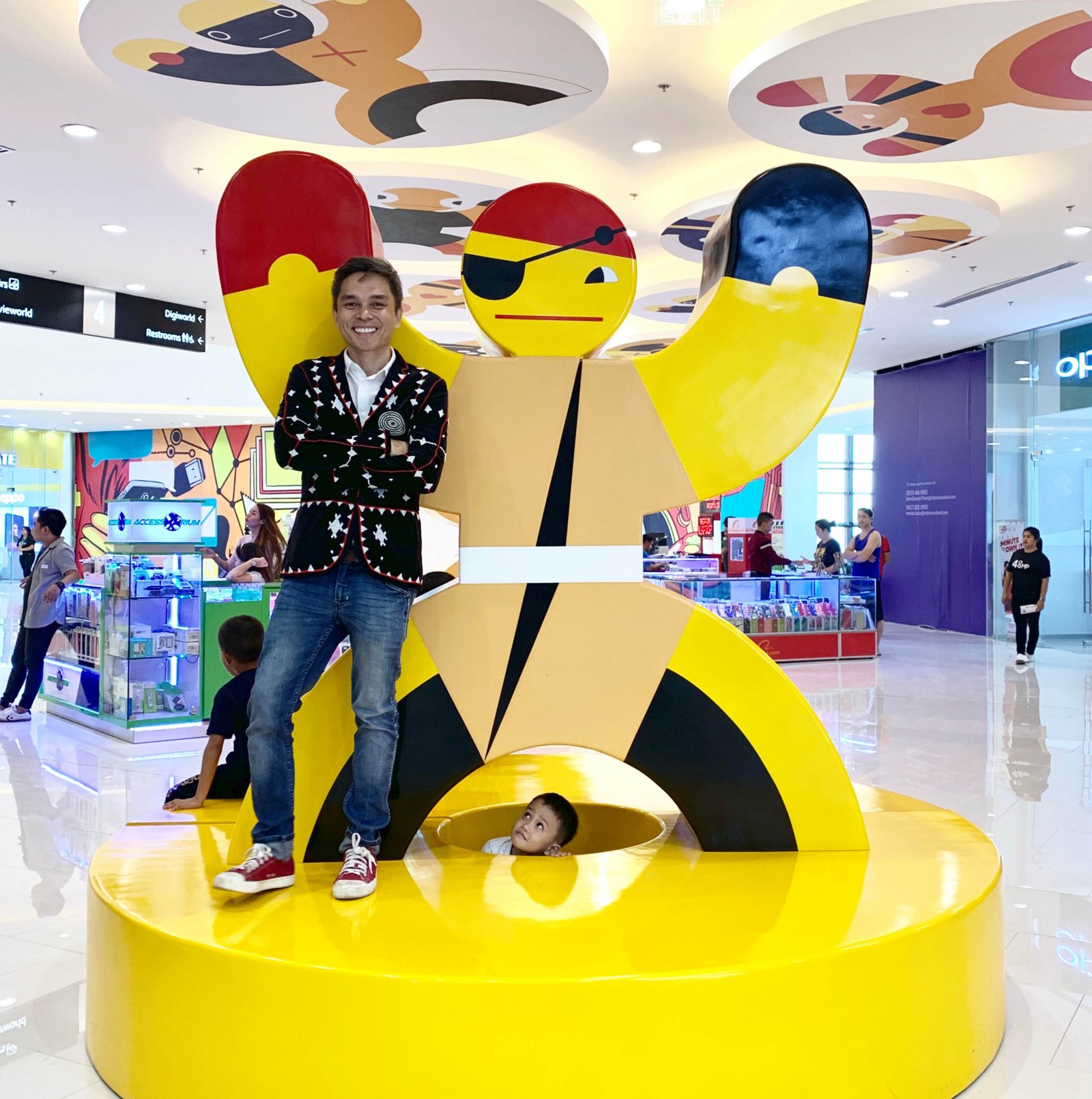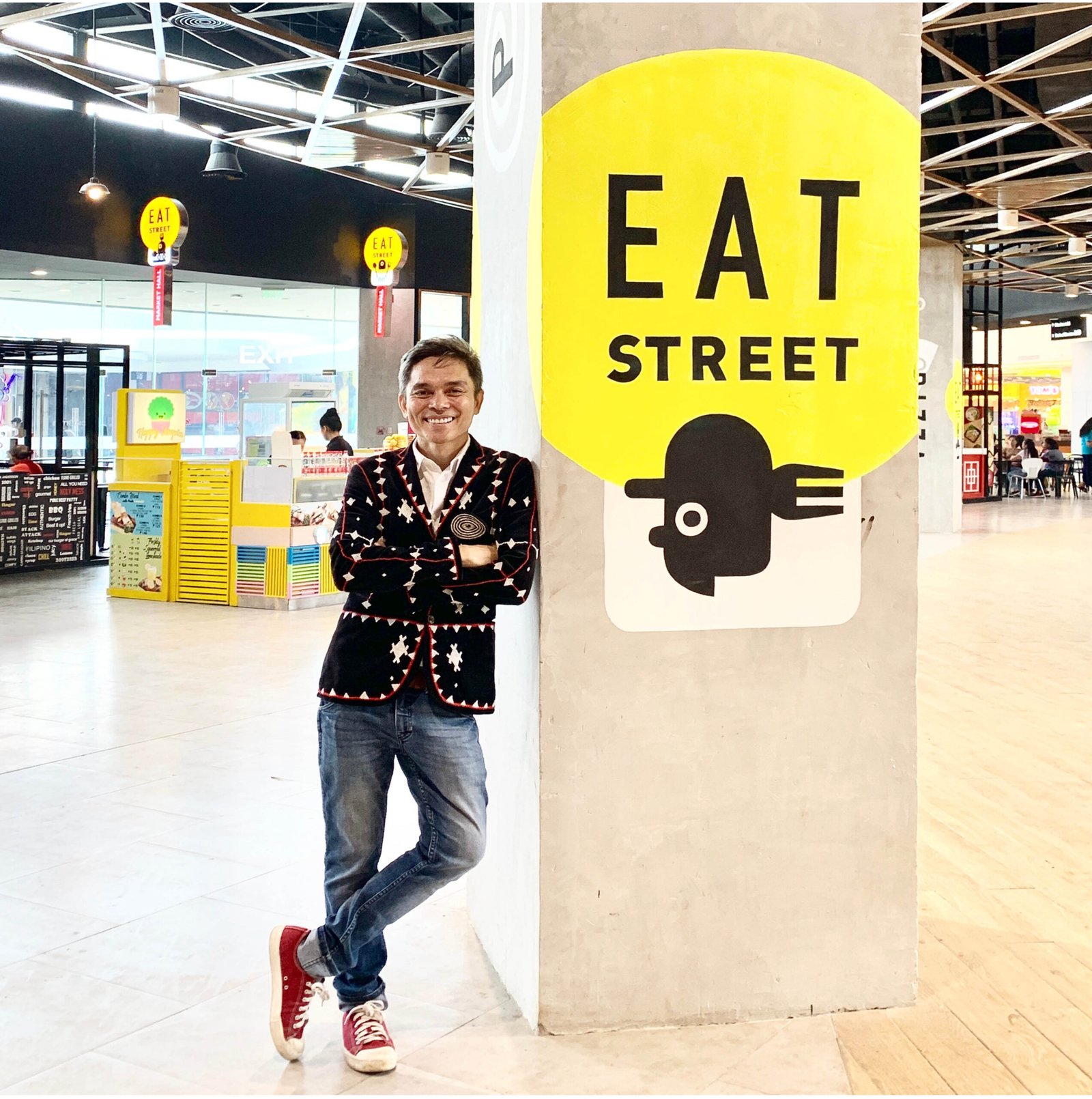Words Rocelle Aragon
Interview Rocelle Aragon and Judith Torres
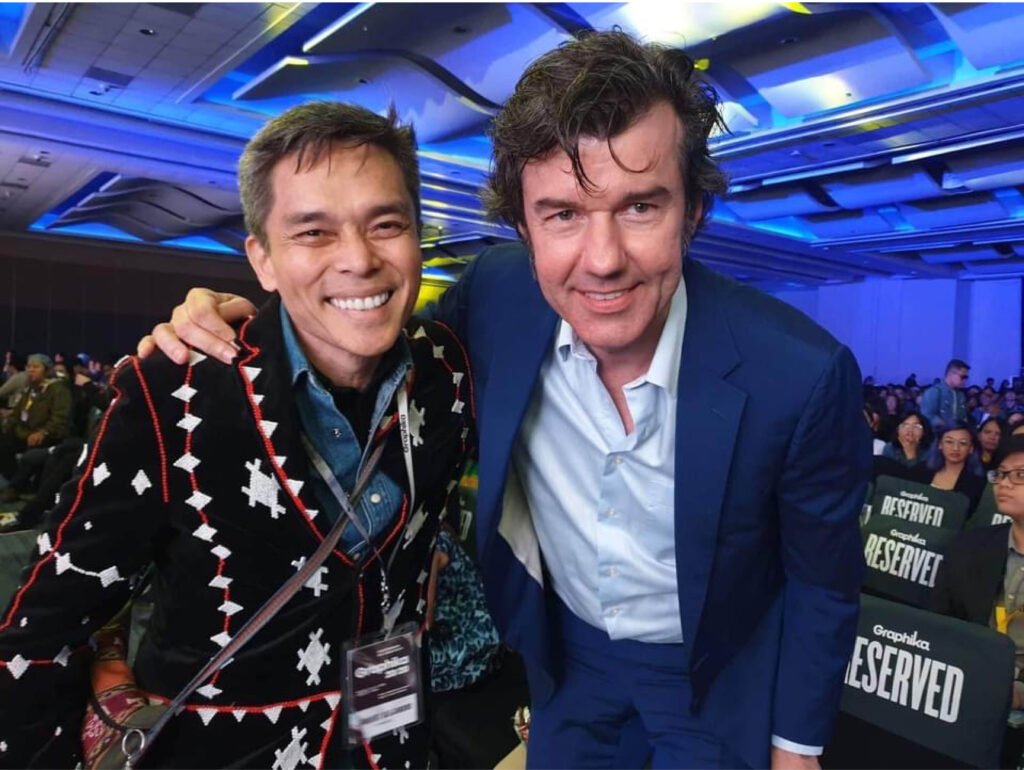

Robert Alejandro is one of the few Philippine artists whose work is recognizable to the everyday public. At Papemelroti, on his 1990s TV shows, in free art lessons on the streets and on Zoom, in work sized from postage stamps to malls and theme parks, Robert’s art is accessible, democratic, and literally for everyone—especially kids.
At 58, he’s been a role model for younger generations of creatives, who watched him on TV and then bought something he’d made in a mall near them. He co-founded Ilustrador ng Kabataan (INK) and has consistently given back, most recently through the many beloved, spontaneous images he donated to the Robredo presidential campaign. Now, he’s showing us how to exit gracefully and with intention.
All this for a Philippine audience, starting long before social media (though he now has more than 65,000 followers on his two pages). Kanto chats with one of the originals on a wide-ranging, culture-shaping career and a life saved by art and love.
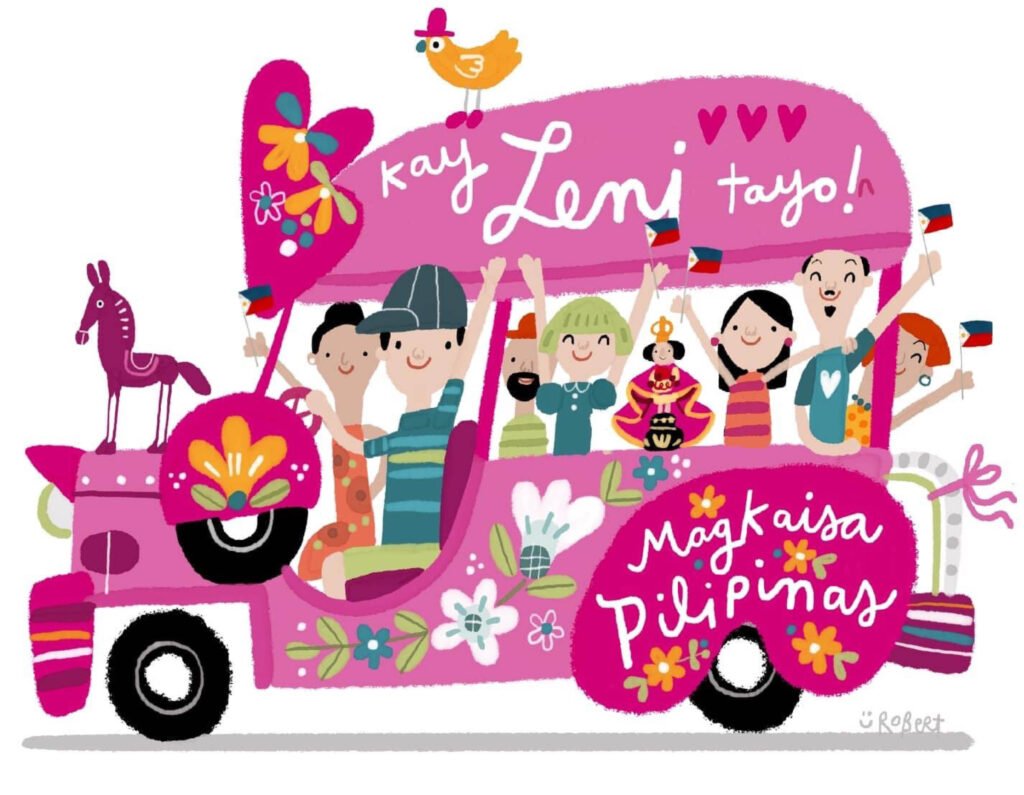

Radical Love
Kanto: You took an early and forceful public stand for the Leni campaign. It was unexpected because you weren’t considered a political artist. How did you decide to become active?
Robert Alejandro: At the start, I wasn’t even sure of voting for Leni because I felt not enough people knew who she was. I considered another candidate who I thought had a chance of winning. But when I talked to a few of my friends—my more intelligent friends—they said, “Why settle for less for the country? Go for the best for the country.”
So, I said, “Okay, it’s Leni. It’s really Leni.” It started with my profile picture, which I normally don’t put on social media. I drew myself with a Leni placard. Then everybody wanted their own! As time went on, I felt that I could do something. As usual, I didn’t think things through, “Oh, let’s make a nice image for Leni, one that’s happy, that hopefully, the mass audience will embrace.” So yun, nagsimula at wala nang katapusan. [So there, it started and just never ended.] Haha!
You came out for Leni & Kiko early on when volunteers needed designs to print. They grabbed and ran with yours. I don’t think any other designs were so popular. Were you surprised by that?
I do things on the fly, from my gut, with joy. I don’t really plan. The Leni-Kiko drawings were all done with so much joy, so much hope. Those drawings (choking up)—sorry! I thought I was okay na—but those drawings are a reflection of when Leni wins, our country will be so, the people will be so happy! I was so ready to party when that happened. They’re fiesta pictures, done with so much hope and happiness—the easiest thing in the world.
There were so many, so quickly. I could see the demand, and you were super prolific.
It’s not as prolific as people wanted it to be! I would get many messages each day asking me to draw this and that. Jump-ropers for Leni, South Africans for Leni—there was so much.
As artists, we protect our work. We fight for royalties and name credit. But when people asked to use it, they always said, “Robert, we’re going to put it on a shirt. We’re not going to sell it. We will put your name….” After so many such messages, I said, you know what, I’ll just give it away. I’ll put them on Google Drive with a link and all the high-res. Sell it, put it on a tarp, earn from it, I told them. That’s okay with me. You don’t have to ask permission. You don’t have to put my name. I told them, just please don’t change or alter the image.
The drawings came quickly. I draw on an iPad. Anywhere I am—usually at home, on my sofa, haha—it’s so easy to make. That moment when Leni saw a butterfly onstage? The image was done and out there in five minutes. Cause it’s just me, no text, and no approvals needed. In less than five minutes, it’s out there. Digital and social media are truly instant.
Then every day, I would get images from all over the world. That was amazing, and I was thrilled. So many people still thank me for my Leni-Kiko work and send me things [made with them]. I gave most of it to my sisters and kept a few.
In early August 2022, the Robredo campaign’s Museo ng Pag-Asa (Museum of Hope) opened, with a new mural designed and painted by Robert on its walls. Inside is a range of art donated to the campaign, much of it by young artists following in Robert’s footsteps. During the launch, Robert met his candidate in person for the first time—an emotional encounter, a fitting close to his work on the historic campaign.
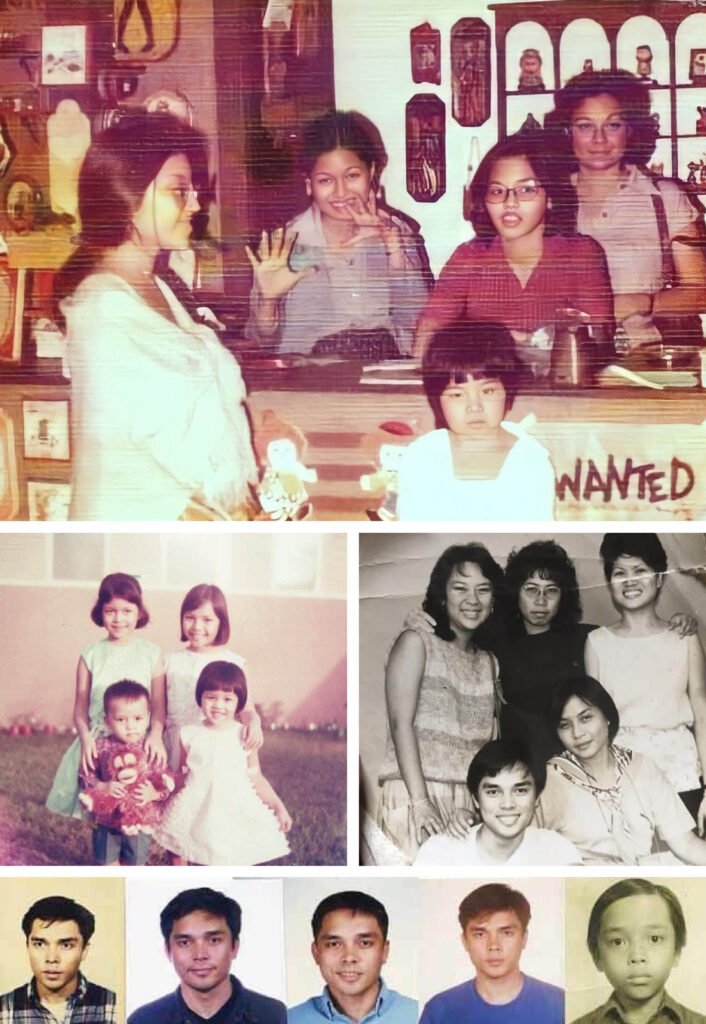

Art for Survival
You’ve spoken about how art helped you cope with lifelong depression. But we think of you as the opposite. For example, one of your friends said, “He’s so happy he makes me feel angry I’m not as happy.” Can you tell us about that?
Comments like that are why I tell my whole story. Because yun nga, people see me as Robert Alejandro, the TV reporter, children’s book illustrator; Kuya Robert on the TV art show; Papemelroti—everything joyous. But it’s also such a wrong picture. And I feel it doesn’t help other people with what they go through. Like, “Ah, buti pa si Robert,” [Lucky Robert]or “Buti pa si Robert, he has it all together,” stuff like that, which is not the truth. So that’s precisely why I now tell my whole story without censoring it.
Most of my friends, even those who’ve known me a long time, didn’t see this side of me. And you’re right; it’s been most of my life. I feel it all stemmed from my being a homosexual and being taught that I would burn in hell. Being in a biblical Christian family, I felt so much the odd one out. It affected me and my mental health ever since I was very, very young. And nobody knew, not in Probe or even my family, that almost ninety percent of the time, I would think about suicide.
Yes. And the story there is really, you have no idea what people go through. But art is a big part of my survival. When I create art, I feel that I’m worth something. Before, I saw myself—funny, no, I’m on cam, on Probe—but I felt like I was garbage. Not just garbage, but stagnant, dirty canal water. I’d tell myself, that’s me. That’s me.
But then again, maybe I never got a big head because I felt so lowly. I felt I wasn’t anything special, that I was, in fact, a waste of space.
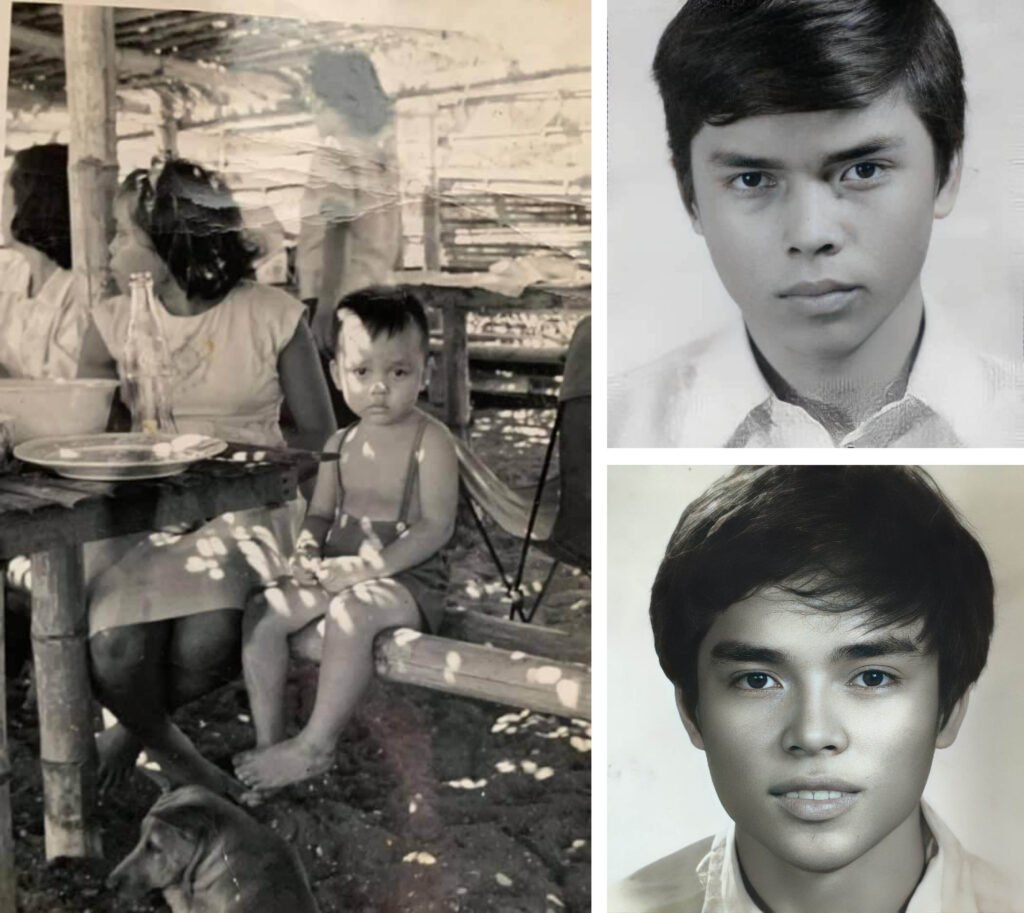

Did you not feel our love?
Yes, I was surrounded by so much love and so many friends. I felt the love; I did. But it’s very hard. It’s a battle within yourself, with what you believe… it’s not easy when someone’s depressed or suicidal. You can say everything, and it doesn’t leave a mark because the voices in your head you’ve been living with are so strong. That’s the truth.
So, art was a big, big part of my survival. I felt like I had worth because I was good at drawing. But I can’t draw 24/7, and the moment I stopped, I felt worthless again. I didn’t kill myself because I was afraid it would affect my nephews and nieces—that if they get sad, they might say, “Maybe it’s okay to kill yourself. Uncle Robert did it; maybe it’s not a bad thing.” That’s the single thing that stopped me from doing it.
How has your family reacted to the news?
I have a funny family. We don’t talk much about personal things, even now. I think a lot of families are like that. I don’t know whether they’re “afraid” of me. I’m not very talkative; maybe they also respect my space and privacy.
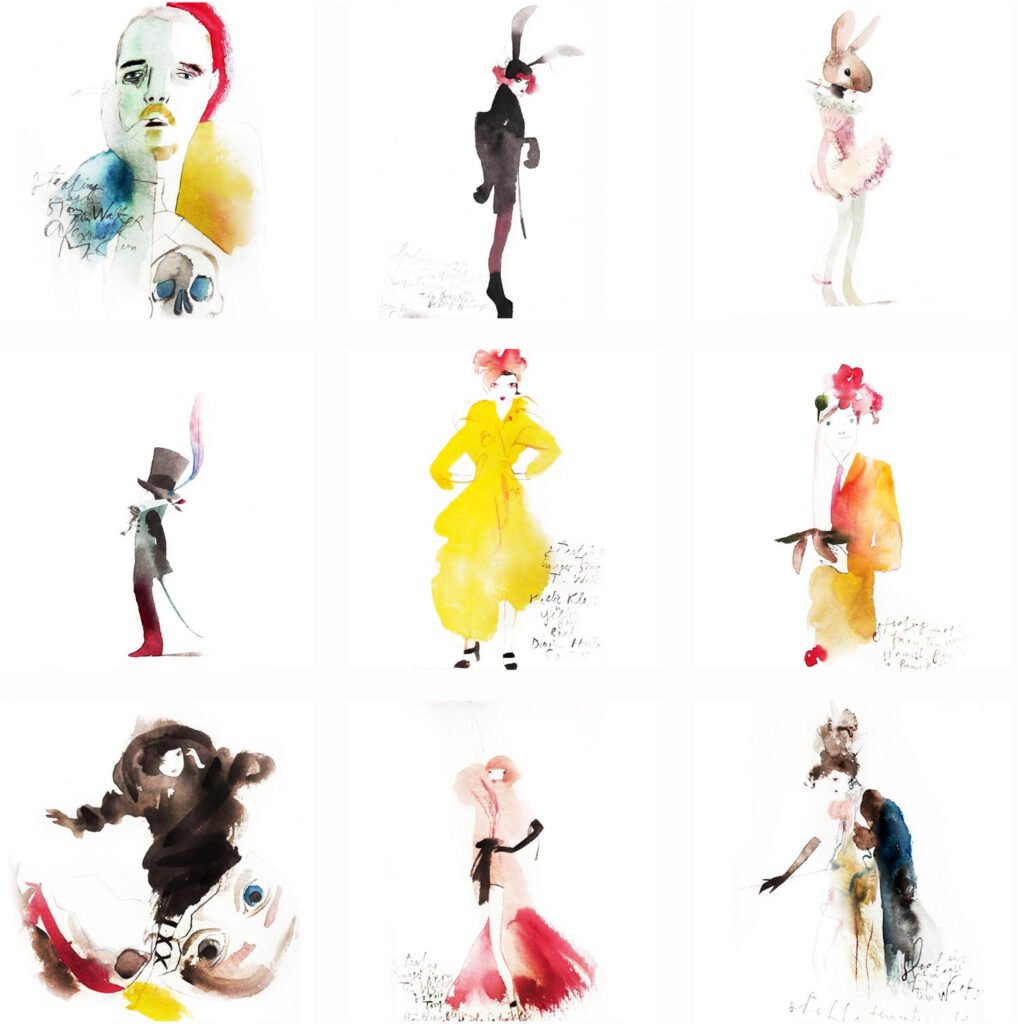

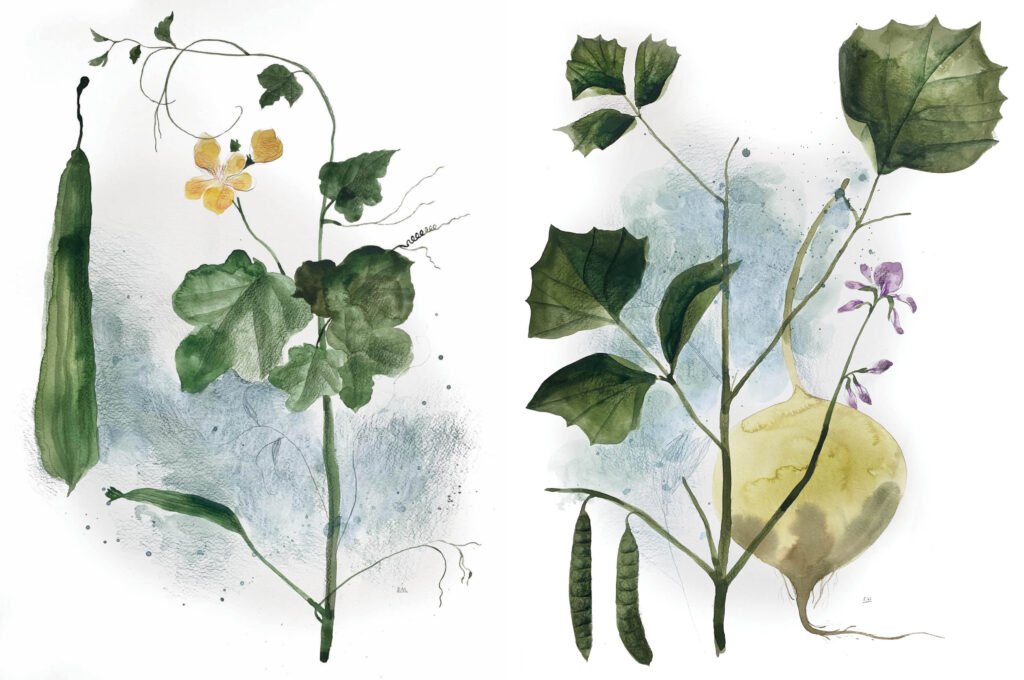
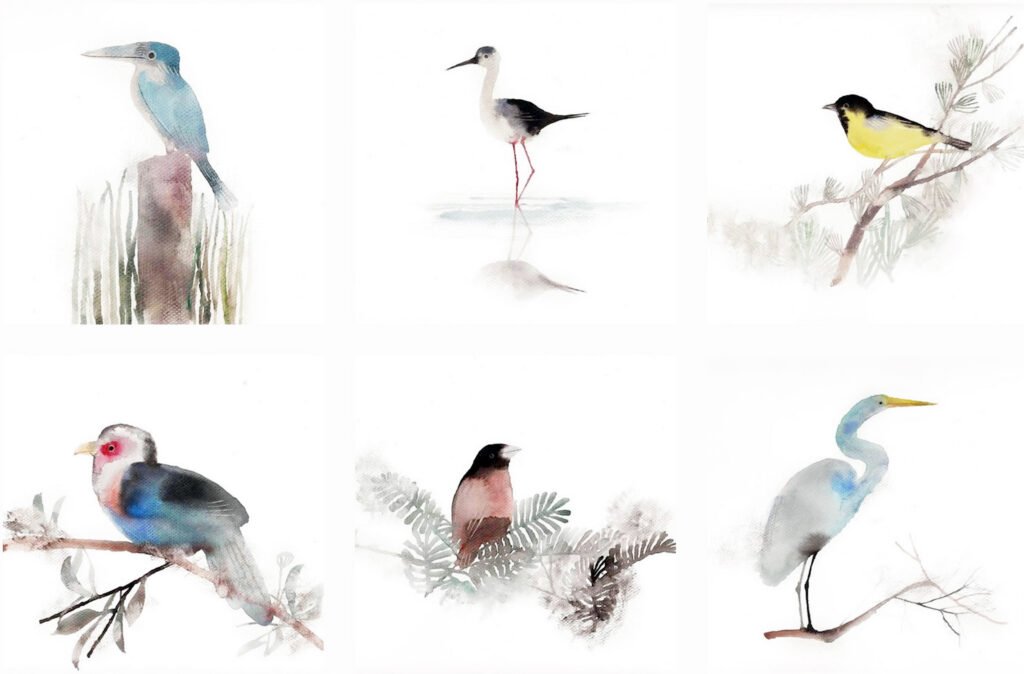
‘Okay, Enough of This Bullsh– ’
You were diagnosed with colon cancer in 2016. Since then, you’ve spoken about self-acceptance, the love for yourself, and the complicated aspects of your life that cancer forced upon you. Yet it freed you in a way. Tell us about that.
My partner knew about my depression and suicidal thoughts. He did everything, said everything. But even he couldn’t do anything. He was so frustrated.
So, it took cancer. It really did. I remember waking up from my colonoscopy, and the doctor said, “You need chemotherapy.” Then he left me alone. I was all alone for some time until I was discharged. That’s when I told myself, “Okay, enough of this bullshit hating yourself and seeing yourself as garbage. You don’t have much time left. You better enjoy what’s left. You better love yourself.”
That’s why I sometimes say that cancer is a gift. That was seven years ago. It’s funny; while I was alone in the hospital, it was like I sorted out everything in my life. Like, what property do I own? Nothing much. My only concern was my book collection and where it would go.
Have you decided on that?
I have an incredible children’s book collection, and I want to give it to my fellow illustrators, my friends at Ilustrador ng Kabataan (INK). I know they would value it. I’ve even envisioned how it would be done—in UP Fine Arts, where we meet. All my books are there; all the members are there, then one by one, they’ll pick the book they want to take home. There’s a lot!
How many is a lot?
I have no idea. I have books at home, in the studio. I would buy when I go overseas, in museums, the best I could find. I am crazy about Polish and Eastern European art, so I order from there with the help of my pamangkin and Google Translate. You never know what you’re gonna get—like, tama ba yung ginagawa ko? May darating ba na libro? [Am I doing this right? Will any books arrive?] And sure enough, the books arrive, and they’re so beautiful! Even if I can’t read a word!
I didn’t know you were one of the founders of INK. What’s it like seeing it now, among the many things you’ve done, knowing you were there at the start?
Yeah, we’re more than 30 years old, and we had an exhibition at the Ateneo. I cannot be happier and prouder of that organization. We are fans of each other. We love, literally, we love each other. We encourage each other. We support each other. And it’s run by young people, not old adults like me. So it’s really working, and in a big incredible way, making significant strides in the children’s book industry. I’m so incredibly proud, and they know that.
You’ve also spoken about how your partner has helped you stay alive, partly by helping to reset your diet and lifestyle. So how has having a partner, also an artist and one of the first to discuss mental health with you, impacted you?
Jetro (Rafael) and I have been together for 18 years now. I remember the Probe Team’s episode on the difficulty of maintaining a relationship with someone who’s bipolar. From my personal experience, like most relationships or marriages, it was tough at the start. However, now that we know each other quite well, we can hardly imagine a life without each other.
It was Jetro who decided to take that first Southeast Asian trip that led to the series of The Sketching Backpacker books.
He’s the singular being who’s helped me keep my sanity and literally stay alive to this day, seven years since my diagnosis. Every day he inspires me to be a better person, and I could not be more grateful. I feel like I’ve won the relationship jackpot.
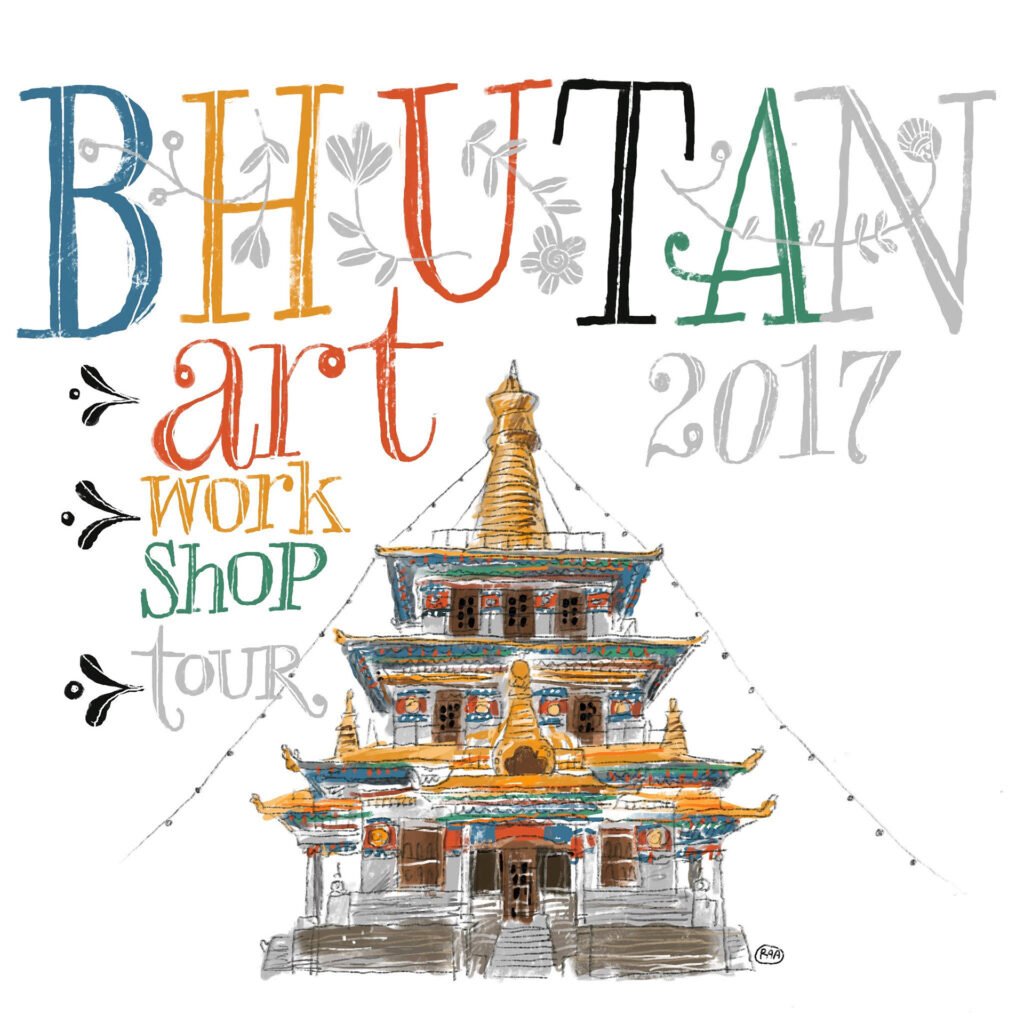

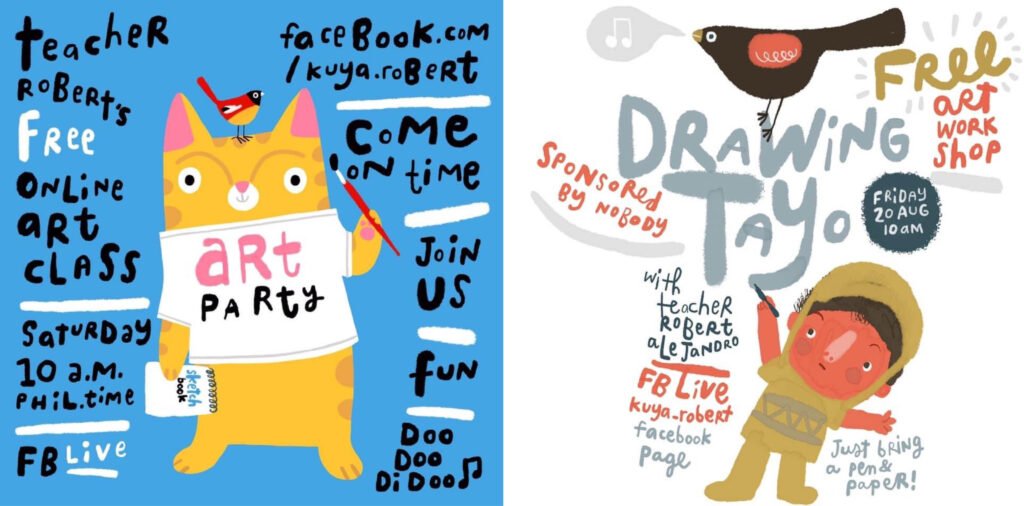

Advertising, Freelancing & TV
Let’s go back to the past. You were the youngest art director at top ad agency McCann-Erickson. How did that start? What made you decide to do it and later move on?
I’d always wanted to do advertising. I remember when I was very, very young, there was an excursion to J. Walter Thompson. Even then, I was enamored with advertising—the glamor, design, art, typography—it was everything I loved.
McCann was my second job. My first was at a very small publisher, and I said I must do advertising now before I get any older. Emily Abrera interviewed me. We had a great time talking, and I remember Emily saying, “Mag Accounts ka na lang kaya?” [What if you try being an Account Executive instead?]
That would’ve been such a waste!
I must’ve been super talkative. I was the one asking her questions. I was fascinated. Then I remember she said, “Robert, you have to join us already before your paycheck gets any higher, and we won’t be able to afford you anymore.”
So, I joined, and it was absolute heaven. I made lifelong friends, which was as glamorous as I thought it would be. Really! I would hang out in Accounts, where the beautiful people are, where everybody’s dressed up. And then the Accounts people would say, “What are you doing here?” “I like it here!” Haha!
I made very, very good friends in advertising. People warned me about intriga [backstabbing], but nothing, absolutely nothing. And I would go home at five in the afternoon, believe it or not. Kuwan pa, ha, I wouldn’t hide it. I would say, “Bye, everybody!” And everybody naman would give their blessing. “Bye! See you tomorrow!”
What? No wonder you loved it.
Yeah, because I would come in at seven in the morning, work, and before people came in, my work was done! It looked like I was dilly-dallying the whole day. I work very fast.
My clients were Johnson & Johnson and Ayala. I was sort of in charge of Ayala and very close to them, so when I went freelance, they were my first client. Everyone was very nice. They would teach me things and were very supportive and encouraging. I became godfather to AEs and their kids. It’s like I lived in Disneyland!
Yet eventually, you went freelance. What led to that?
The same way I needed to experience advertising, I needed to experience freelance. I remember talking to Emily and telling her, “I want to climb mountains.” And she said, “Oh no.” So that’s what I did. I joined the UP Mountaineers.
Oh, you mean literally!
Yeah! I’m very literal, frankly, haha! I taught Fine Arts at UP. That was not easy. Actually, it was a bit horrible. I think the students I got were used to teachers who didn’t come on time or at all. So, the students were late or not even there. And I’m not used to unprofessionalism. Galit na galit ako. [I was so angry.]I blame the teachers who allowed it. But they’re not like that anymore.
What mountains did you climb?
All of them! I was applying for the Mountaineers, and my students were the ones giving the exams, haha! They would help me, coach me on first aid, and all of that. But, yeah, no regrets with that as well. Climbing mountains. Funny, no? Kung anu-ano. [I did all sorts of things.]
You went about it in reverse. You didn’t think of joining UPM, for example, while you were still an actual college student in UP Fine Arts?
No, because while at Fine Arts, I was a marathon runner. Almost two hours every day, then the gym. Oh my gosh! You could cover everywhere in Manila if you have two hours to run. From UP, I would run to Batasang Pambansa and back. I would run through Ayala Heights—which wasn’t even a neighborhood then, just rice paddies—then down to Marikina Valley and all the way up, back to UP. That was my life. I’m an introvert, so I didn’t join any organizations.
Freelance was also very, very fulfilling. And no turning back. It’s like, “I can do anything and everything.” WHICH I DID. Haha!
At the time, no agencies liked below-the-line work; everybody wanted to do TV. But I love below-the-line. So, I did Ayala’s campaigns for Valentine, back to school, and Christmas. Complete banner campaigns for the whole Ayala Center. But I enjoyed it because they just gave me all the freedom! I didn’t even present my work. I would slip my drawings under the door of the Ayala office—early morning, to be sure I don’t have to see anybody. Hahaha! Next thing I knew, it was all over Ayala Center! It was fantastic and so weird.
Straight from your imagination to—tadan!—there on the wall.
Exactly! Almost my whole life was like that. I’m so spoiled. I work very hard, but I get away with murder. Going home at five o’clock, in advertising? Who does that? In Probe, I stayed so long because I loved the people. I had offers from GMA, no auditions. They had a show for me already. And I said, “I’ll just stay with Cheche [Probe Team founder Cheche Lazaro].”
You are so loyal.
Like a dog! Even in advertising. I stayed with McCann. I didn’t go to any other agency.
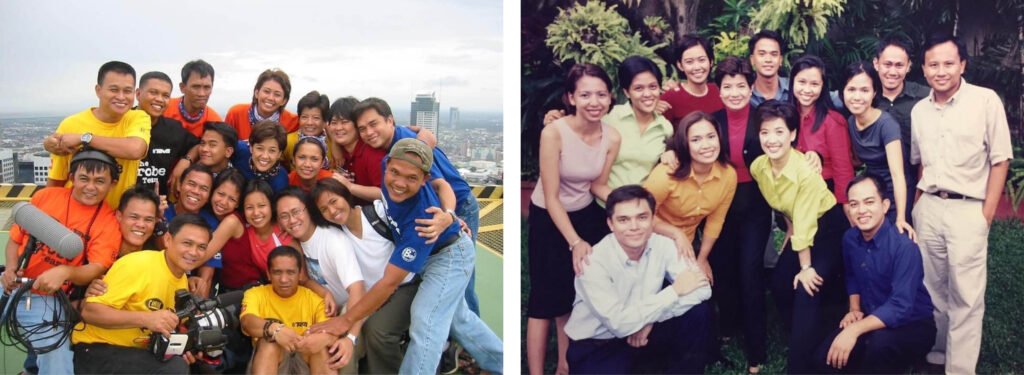

You were doing children’s workshops even before TV and continued them after.
A big part of our TV program, Art Iskool, was all the workshops I would do for children who live in poverty. I did volunteer work with children who are my friends in North Cemetery, under the bridge in Paco. That’s all I thought of when I was doing TV—I’m reaching more people. That’s precisely why I said yes. It was an excellent opportunity to give art education to children who don’t have it.
It wasn’t easy because I don’t speak Filipino naturally. But it was incredibly successful. We got A LOT of fan mail, mostly from outside Manila. I would show the fan mail to Cheche, who said, that’s your kuwan, ha, those are your shares. Haha!
Probe was a huge, incredible miracle in my life. Probe got to know me because they asked me to be a guest reporter for Game Plan. I remember telling myself that if I were younger, I would love to work with this group, so idealistic, hardworking, intelligent. But I’m too old; I’m out of the game.
Then suddenly, they offered this job, literally without an audition. The producer, Nessa Valdellon, sat me down, and I told her, “You’re having a nervous breakdown. Millions want to be on TV. I’m not one of them. I don’t know how to speak Filipino.” But then, I prayed about it. I ended up working with Probe for more than 15 years, believe it or not.
Why did they first think of you for Game Plan?
Nobody else said yes! I remember that! Hahaha! They were already leaving for Ifugao the next day. They said, “Everybody said no. Can you, can you? Will you say yes? We’re doing Igorot games in Mayuyao, Ifugao.”
I asked them, “Babayaran ba ko? Sabi nila, “Hindi.” Sabi ko, “O sige, game ako.” In my head, kapag babayaran ako, kailangan ko mag-perform, kailangan ko mag trabaho. Kapag hindi ako babayaran, magbabakasyon lang ako! [I asked if I would be paid. They said no, so I said yes! In my head, if I’m paid, I have to perform, it’s work. But if they don’t pay me, then it’s a vacation!]
A 15-year vacation!
Yeah, and that’s what I did. I had a great time. The wife of the mayor of Mayuyao Ifugao said, “Robert, kapag maglalaro ka ng Ifugao games, kailangan nakabahag ka. Tapos ako, hindi nagiisip, nag bahag ako! Hahaha! [“Robert, to play Ifugao games, you must wear a loincloth.” So, there I am, not thinking, wearing a loincloth!]
Winner!
When it came out on TV, everyone was horrified! Hahaha! I was like a white pig next to bronze, muscled Igorot gods. I wasn’t doing it for the camera because I like sports. I was seriously, you know, competing! Hahaha!
I’m sure that was quite a novelty for them as well.
And the producer, Grace Leung, was so funny! We didn’t know each other, but she kept making jokes, and she would, she would step on my bahag! Hahaha!


From Postage Stamps to Theme Parks
Most artists stay in galleries or one medium. But you’ve done books, teeny-tiny things for Papemelroti, and huge retail spaces. Which works do you look back on and remember fondly? What are your largest and smallest?
I like doing things I’ve never done before. So, when I see something I want to do, I seek it out. Most of the time, I don’t get it, but one of the best things I sought out and was able to do: I made four stamps for the Philippines. I wrote the Postmaster General, even visited their office in Manila, and begged to do free work. And I was so blessed cause they gave me a job: the El Filibusterismo stamps.
I don’t do these things just for me, but to pave the way for others. For example, I felt that stamps could be done like in other countries, commissioning artists to represent us. The Post Office still designs most of their stamps in-house, but their artists are younger now and creative, so that helps.
You also came out with a poster and a Papemelroti merch series based on vintage Philippine stamps.
Yes, because I collect stamps and the designs are absolutely beautiful. Again, Papemelroti is an incredible blessing for me. I love the chance every year to create products and images. I love the opportunity to have things in my head, then make them real. It’s like magic. It’s like a superpower.
It is. For many young artists, it was amazing to watch you. Of course, it’s your family business, but as the cliché goes, “See it, be it.” Your career is proof one can make a career as an artist.
Yes, that’s the point—to dispel the whole cliché of the starving artist. I said yes to Probe to make a point that artists don’t have to sit quietly in one corner—which is me, haha!
Artists can do more than draw in one corner. Of course, it was difficult for me, but when presented with the opportunity, I thought, okay, that’s something I feel has to be done. Ganyan. Even Art Iskool was to get out of our comfort zone, with something good people can learn from. It wasn’t about me but what could be done with that opportunity.
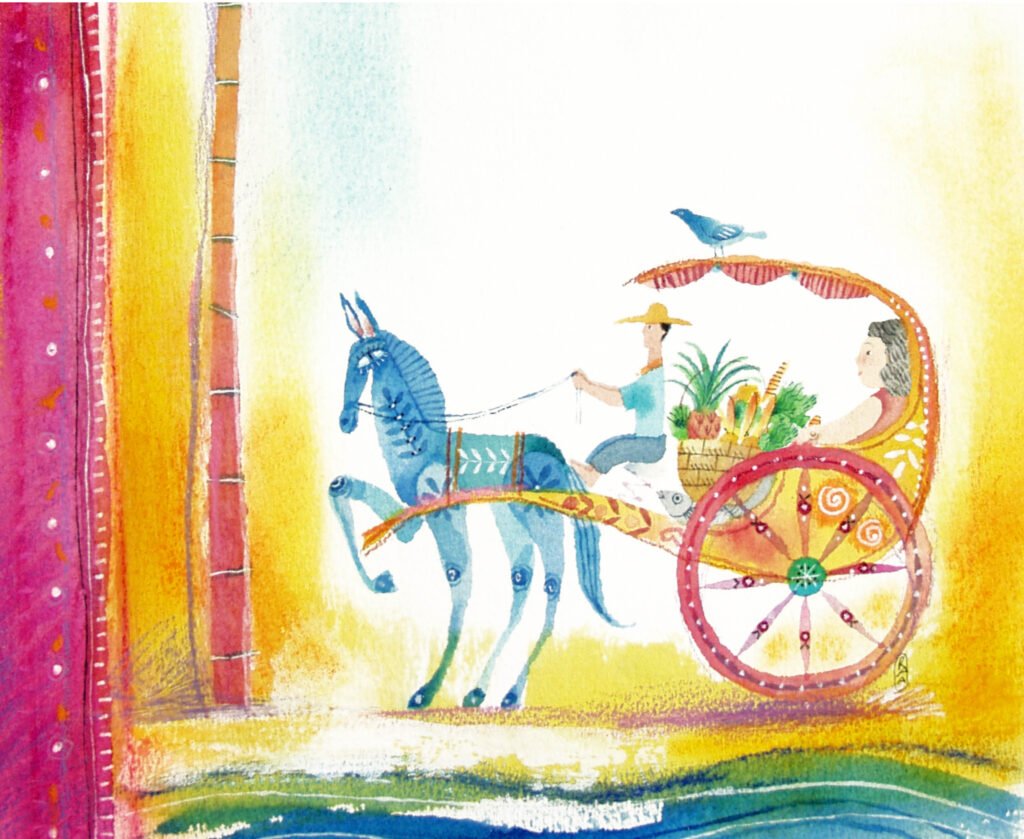

Robert’s Great Adventure
Besides Ayala Center, you’ve done some large spaces. Architects have buildings; gallery artists have museum pieces. But, for graphic artists, what remains? Where do we see their work, physically speaking?
Designing spaces started with Papemelroti stores because we’re cheapskates! Haha! I would tell my mom, “I can do it. I’ll just get branches or something.” When I went freelance, Ayala Center said, “Robert, can you design our (construction site) board-up wall?” Of course, I couldn’t make just any old board-up. I wanted it to be Art! So I’d ask for 3D plywood, that kind of thing. Only to have the client call it off. Naku! Makikipagaway pa ako sa cliente. [I argued with the client about it.] I was very strong-willed with my art and design; I would get into lengthy discussions.
So, it started with board-ups, then murals. Then they had space for a theme park. Two companies were bidding for the project. My client said, “Robert, I want to work with the Filipino company. Can you help them? Can you go to them and look at their plans?”
I said, “Okay!” So I went to their office, and the plans were already done—architectural plans, working drawings. But since I was already there, I looked at the plans, and me and my big mouth, I said, “Oh, you know, you should do this, you could do that.”
And they looked at me—sino ‘tong nagmamarunong na ‘to? [Who’s this know-it-all?] Non-stop, I was bombarding them with suggestions. I was just so excited. Finally, after that meeting, they said, “Okay, Robert, can you create a presentation just for us to get the space?”
I asked, “How many drawings do I have to make?”
Eventually, I told them, “Can I make the presentation?” So, I presented the theme park to [Ayala Land head] Fernando Zobel. And they got the space.
During construction, the architect again seemed to think, “Sino ba ‘tong taong to?” Tapos, parang ang yabang. Parang, [“Who does he think he is?” He seemed arrogant, like,] “Huh? I’m going to take orders from you?”
“Yeah.”
He didn’t seem to like that, so I said, okay then, I’ll do it myself. And I made the working drawings.
Good lord! What?
Yeah. Architectural, everything. Very detailed, from murals to architecture, carpentry, to the food they’re going to serve, the masks—everything and anything. The concept was mine, after all. But again, it was such a joy, and the concept was so clear to me.
I wanted to build a place for the family. Video arcade games were big then. But I didn’t want to make a video arcade because it doesn’t do anything for families. It doesn’t do anything for children and how they grow up.
Basta, I had all these ideas just in my head. When I work on something, I know very well what I’m trying to do. It’s crystal clear. And done with so much joy. Nothing’s ever a problem—I would jump out of bed to go to the job site.
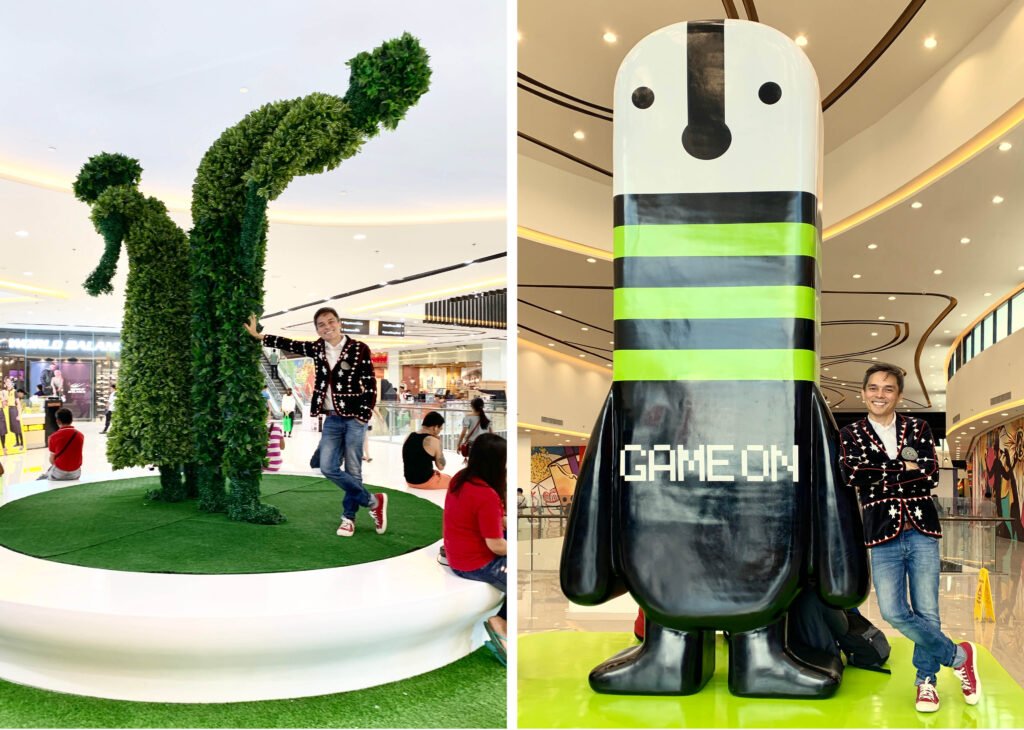

And it happened. They built the park; your drawings became real.
It surely did. We built a wonderful theme park called Glico’s Great Adventure. First of its kind. I worked very hard to make it happen. Every single thing, even the paint strokes on the murals, was different. I taught the artists and became good friends because I’m not the mando-mando [ordering around] type. Ganito po, ganito po ha? [This way, sir, let’s try this way.]
From theme parks to stores, a patisserie, and logos, Alabang Town Center was a huge project that I really enjoyed, expanding from a small neighborhood shopping center to a big mall. I was the graphic designer for everything, from directionals to environmental graphics. I was working with top-notch people from Ayala Hotels. They were also very mabusisi at maarte. We got along so well kasi ang arte-arte ko rin e! [They were also very particular, down to the detail. We got along so well because I was just as nitpicky!]
The opposite of the Glico experience.
Correct. At Glico’s, I was on my own. But Alabang Town Center was a team effort, and I enjoyed that very, very much. So I would commute from Quezon City to Alabang to oversee that. And then, from there, Star Mall hired me for their EDSA, Alabang, and other branches. So I would commute into the evening by myself. There was never a trace of fear, and nothing bad ever happened to me.
In 2004, Robert migrated to Canada. But the job market was tough, and he was back home rebuilding his freelance business within a year. In 2007, he began yet another chapter with the first of many backpacking trips, organized by a stranger on Yahoo Groups (!) who remains a good friend.
A New Chapter
You keep saying you’re an introvert, but you make friends everywhere.
Only person to person. With a big group, I’m like, “I gotta go!” But when it’s work, I switch on. I can perform. Now, with social media, I’m doing the same as younger people, except I still don’t dance on TikTok, haha!
Are you archiving your work from the 1990s, all the old stuff?
Oh no. No. I’m just too busy creating new stuff.
No thought to how you will preserve your work?
It absolutely does not concern me. Hahaha! I really don’t care. I’ve done it. It’s easy for me to move on because there’s so much I want to do and can do. That’s done.
These days, my life is… the now. Before the pandemic, I designed a mall for one of my biggest clients. I was so proud of it. I enjoyed doing it. But then they vanished, parang bula [like soap bubbles], which was so sad. So, I told myself I would paint and put my stuff online. Also, I wanted to throw away all my art and clean out my stuff at one point.
And my partner said, don’t. Why not sell them instead? So, I put them all online. I had no idea how successful it was going to be.
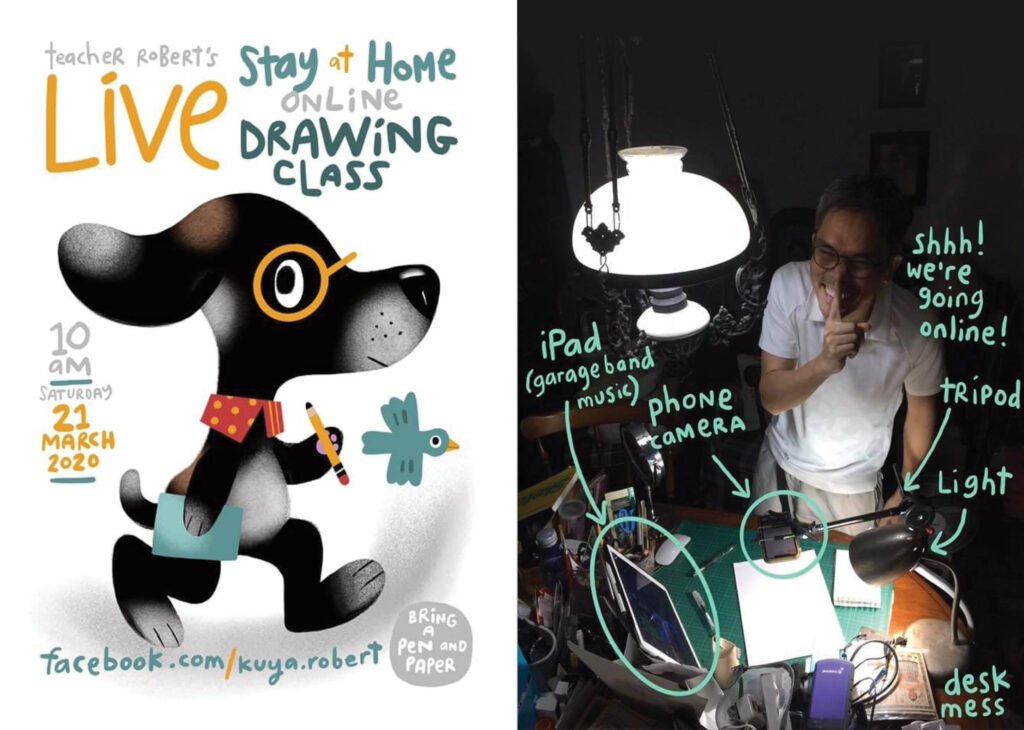

It must make your hidden businessman heart very happy.
Yes! That’s what I’m working on now! And after this interview, I’ll work on my next exhibition. There’s always the next thing. Busy pa rin! Maski mamamatay na, busy pa rin! [I’m busy! Dying, but still busy!]
Your Facebook posts make people cry because you often talk about pain and dying. Are you preparing us? Is that it?
There’s nothing wrong with dying. It’s part and parcel of living. So, when I write about dying, there’s no tinge of anything negative. One post was about being grateful to my doctor, the only one who gave me hope. But, of course, some people saw the other side of the coin: Oh my gosh, this guy’s dying!
Does it ever irritate when people keep telling you to hang on, like they’re forcing their positivity on you?
Of course not. Every day I get so many messages that people are praying for me. I believe that’s one of the reasons I’m still alive. When I gave free art workshops for children during the pandemic, I had no idea that would go a long way. Most of the people praying for me are from there. Even children are praying for me, making drawings for Teacher Robert. I can’t believe it. It’s very touching. I’m very, very grateful to everyone.
Tell us about your gallery exhibits, which are new to you.
Yes. This is an entirely new pivot for me and a big, big dream of mine. All this time, I would tell myself, “I’m not really an artist. I just make greeting cards and five-peso bookmarks.” Not much of an artist at all. Now suddenly, wow, people buy! The funny thing, even the galleries—I had no idea they’ve been following me all my life, pala.
At the gallery that’s helping me out, Fundacion Sanso, the curator said, “Ever since I was a kid, I would follow what you do.” I had no idea the impact that I made; I never really thought anything of it. But he said, “You made Filipino imagery classy and available to everyone, inexpensive.” He was describing, actually, his childhood with the work that I did.
Wow.
It’s all a surprise for me. Honestly. I get many comments like that, but only now. Because before, I would always say, “Hmm! Hindi naman ako kasali sa Art Fair Philippines!” Inggit na inggit ako. [“Oh, Art Fair Philippines, I’m not part of that.” And I’d be SO envious.]


Yet here you are, two sold-out exhibits and a third coming up.
Again, it’s something I just made up on my own. I even told Fundacion that I don’t need a space; we’ll just give out the PDF on a certain date. The funny thing is, the moment the PDF comes out, they tell me the first hour is insane.
It is! I tried to buy a piece but couldn’t. So that’s a good problem to have.
Oo! That’s quite incredible. Quite incredible. Yes.
Your upcoming one, will it take the abstract direction that you posted recently? The red, white, black ones, or something else?
Well, it’s brewing in my mind—definitely abstracts. I’m not sure of the next step—kind of sure, kind of not. I don’t know if you read the Facebook post in May, how those abstracts happened. I had just come from the doctor, a really good doctor. And the doctor said, “It’s too late.”
I felt I was going to live, but the doctor said otherwise. It was so bleak. And I don’t know what happened, but those abstracts came out after my visit to the doctor. It’s like, okay, Robert, what do you want to create if you had just a few minutes? You don’t have to answer anymore to anybody. You don’t have to do the Papemelroti stuff. You don’t have to do your usual stuff. Just do what you want.
And that’s how the abstracts came out. Very naturally, the same afternoon, I came home. As if I didn’t have a past and I don’t have a future. My FB post said, “This is the most liberating thing I’ve ever done.”
Just being.
Yeah. A friend said that’s how abstracts happen. When you’re face-to-face with something, it just triggers something.
But you’re happy, Robert? Are you happy?
Extremely happy. Especially because sometimes I’m in pain, quite tremendous pain. So, when there’s no pain, I’m in heaven. I’m grateful I’m able to talk to you right now. I can see you. I can pee, I can poop. I can smell, I can breathe, I can hear. That’s more than enough.
When people ask, “How do you want to be remembered?” I don’t care. I will be forgotten, and that’s fine. No problem. I want the young people to carry the torch after me, diba; that’s how it should be. My job, like in INK, is to inspire the younger people to create much better work, which they’re doing, in a big, big way.
I do so many things. I enjoy being busy. I have lazy days, too—watch Netflix, look at my books, then Shopee all the way to Amazon. Play with the doggies. And I have absolutely no guilt whatsoever. So many new things to do, right?
You’ve also been doing pottery.
Not many people know that when my four siblings and I were very young, my mother would purchase kilos of clay, and we would all sit together, sculpting and creating for our stores. It’s been a long time since I’ve sculpted, and I miss it a lot. So going to Tahanan Pottery (on Scout Tobias Street in Quezon City) is pure joy for me. Today it was quiet, my hands were dirty, and I was sculpting a Nativity set that I hope we can produce for this Christmas. It is heaven.


Even a cynic can’t help but be moved by Robert—the talent, generosity, and work ethic; then, the hard-earned positivity now. After two years of loss and fragility as a society, his views—life as precious, living in the moment, and seeing each day free of crippling pain as a gift—are beyond cheery affirmations. They hit home and hit hard.
Robert’s exhibit was prominent at the Modern and Contemporary Art Festival, where he also spoke to a rapt audience at a workshop on Art as Healing. Some of his memorable quotes from the MOCAF workshop are:
“Death, mamaya na, may workshop ako! This is the first time I’ve worn shoes in two years.”
“I hate being sick. I hate it so much. I’ll do everything to feel normal. Art is a big part of that.”
“I want to thank the arts—my muse and constant companion. I am here, alive, living the best life I can possibly have because of her. The arts. My savior, my joy, my life.”
You could feel the impact of his story and presence on the audience, some of whom shared their own struggles with mental and emotional health.
Now Robert has seen his work not only hanging on a gallery wall but on the wall of a museum itself. It’s a reminder that, for individuals and movements, new chapters can be born from the darkest days. Follow Robert’s Facebook and Instagram to see new creations and what brings him joy every day. •


